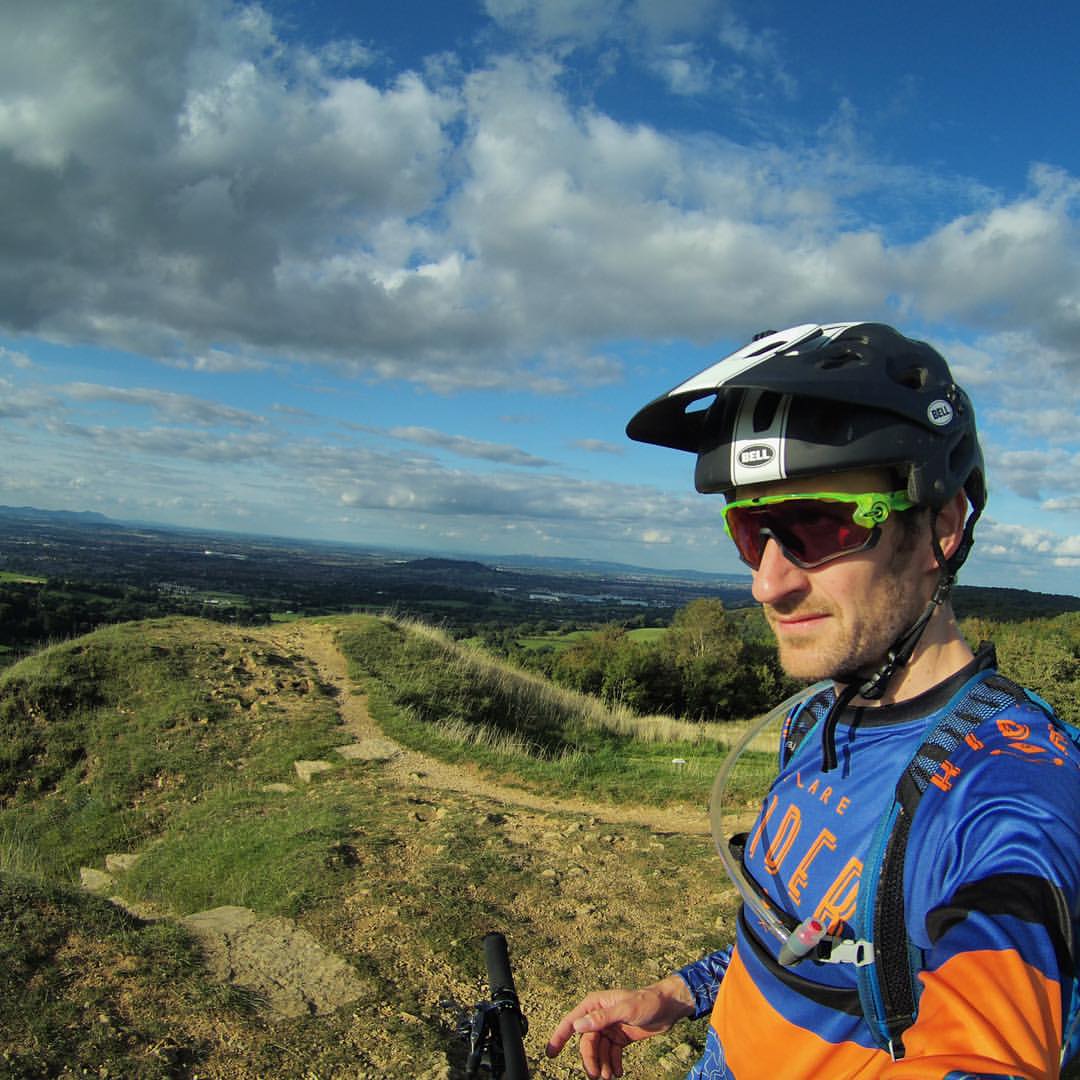"Cross-country reborn for a new generation of trail riders" – that’s the bold ambition behind GT’s brand new Helion.
The new Helion is more than just a cross-country race bike, though. It’s a lightweight point-and-shoot trail bike with 650b wheels and 110mm of suspension travel front and rear (the rear using the same Path Link suspension as the longer-travel Sensor and Force launched a year ago).
“The Helion was developed for everyday cross-country riders,” says GT product manager Todd Seplavy. “Everybody is not out there racing a world cup or Olympic cross-country race track, they’re out there riding bikes on your basic cross-country loops you have in your local communities.”
GT has adapted its Angle Optimised Suspension (AOS) for the short-travel setting, with a focus on climbing ability. The AOS design aims to increase pedalling efficiency as the bottom bracket mimics the rearward path of the rear wheel, limiting chain growth and reducing pedal-induced bob. It also keeps the weight low in the frame for a lower centre of gravity.

GT's AOS suspension design nestles the shock low in the frame. It's well protected with a mud flap
The Path Link, an integral feature of AOS, is a forged and CNC-machined aluminum linkage that separates the main frame and swingarm, and houses the bottom bracket. It features the all-new 15mm LOCKR expanding axle pivots, which reduces the number of parts by 33 percent, accounting for a claimed six percent increase in stiffness and 50g drop in weight.
With its 110mm of travel front and rear, the Helion is light enough to get up hills easily and still let you have fun on the way back down. The suspension has been tuned for pedalling efficiency with a Fox CTD shock nestled in the frame, protected by a neat mud flap at the rear, and controlled by a handlebar remote lever to switch between the three compression settings.
“What really sets this bike apart from others in this category is that it’s designed to be an aggressive cross-country bike,” says Seplavy. “It’s got a slacker head angle, lower bottom bracket and longer top tube and wider bars than what a lot of other cross-country bikes run. This is going to give you a bike that’s inspiring and confident when you’re descending, but still pedal really well when you’re in the flat sections, and it’s going to climb with the best of them out there.”

GT has modified Path Link to provide 110mm of travel, isolating pedal forces from the suspension
That GT has opted for 650b wheels is hardly surprising considering the success of the Sensor and Force, the company’s first forays into the new wheelsize. GT says it not only considered rolling speed as an essential performance trait, but also acceleration out of corners, braking, climbing and, of course, good descending properties. They selected 650b because it offered the ride characteristics and handling they were seeking for the Helion, with as much importance placed on fun as speed and efficiency. GT also says that the use of 650b wheels allows more sizing options, thanks to increased standover. The Helion will be available in sizes from XS to XL.
The geometry has been noticeably inspired by the Helion’s longer-travel stablemates. A 69.5-degree head angle, 73-degree seat angle, 606mm top tube, 325mm bottom bracket height and 1,090mm wheelbase on the size medium points to a long bike that should promote good high-speed stability. Along with stretching out the top tube GT has also specced short 80mm stems across the range as well as 740mm wide handlebars.
All cables and rear brake hose are routed externally, running neatly along the underside of the down tube with thread in clips. While no bike in the range is fitted with a dropper post, the frame has stealth internal cable routing in place should you want to upgrade to one. Replaceable direct mounts for the rear brake is a nice touch.
The range comprises three carbon and four aluminum models. The carbon frame is constructed with high-modulus carbon fibre and weighs a claimed 2.24 kg (4.93lb) while the aluminum frame comes in at 2.85kg (6.28lb), both size medium without shocks.
The top-end Helion Carbon Team costs US$7,499 and has a Fox 32 FLOAT Kashima fork and shock, Stan’s Crest rims on DT Swiss 240S hubs, Conti X-King tyres, RaceFace Next SL carbon cranks, XTR shifters and rear derailleur, RaceFace Turbine 80mm stem and 740mm bars, XTR brakes and a Fi'zi:k Tundra saddle.

The top-end Helion Carbon Team
At the entry-level is the Helion Comp, which has an aluminum frame and costs US$1,549 with a SR Suntour Raidon fork, X-Fusion shock, Shimano Alivio 3x9 groupset and Shimano disc brakes.
Find out more at the GT website.











